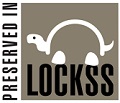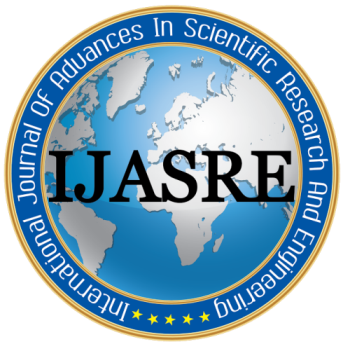Effect of the Rate of Incorporation of Rubber Seed Cake (Hevea brasiliensis) on the Zootechnical Performance of local Ducks (Cairina moschata Linnæus, 1758) in Semi Intensive Breeding in Cote d’Ivoire
DOI:
https://doi.org/10.31695/IJASRE.2019.33142Keywords:
Côte d’Ivoire, Local duck, Rubber seed cake, Semi intensive breeding, Zootechnical performances.Abstract
A study was conducted on local ducks (Cairina moschata) in the southern forest of Côte d'Ivoire. The aim of the study is to evaluate the growth performance of local ducks fed a rubber seed cake (Hevea brasiliensis) feed in a semi-intensive breeding. In
this study, a total of 300 ducklings with an average weight of 50 ± 5 g were used. These animals were divided into 2 batches. Each
batch contained 150 ducklings. The experimental batch was fed with a feed containing 25% or 30% rubber seed cake (TH 25% or TH 30%) respectively at startup and in growth. The control batch was fed with a feed without rubber seed cake (TH 0%). The ducklings were bred for six (06) months. The mean weight gains obtained between the control subjects (males: 555.6 g, females: 467.5 g) and the experimental batch (males 656.3 g, females: 579 g) were significantly different (P <0.05). The mean average daily gain values were not significantly different (P >0.05), (males: 66.83 g, females: 61.05 g) for the experimental batch and those in the control batch were (males: 59.36 g, females: 53.62 g). The Mean consumption index were not significantly different (P >0.05), (males: 1.8, females: 1.7) for the experimental batch against (males: 2.7, females: 2.1) for the control batch. The incorporation of rubber seed cake into the diet of local ducks seemed to improve the growth performance of these birds.
Downloads
How to Cite
Issue
Section
License
Copyright (c) 2019 Amanidja Boye Donatien, Soro Dofara, Komara Moussa

This work is licensed under a Creative Commons Attribution-NonCommercial 4.0 International License.







